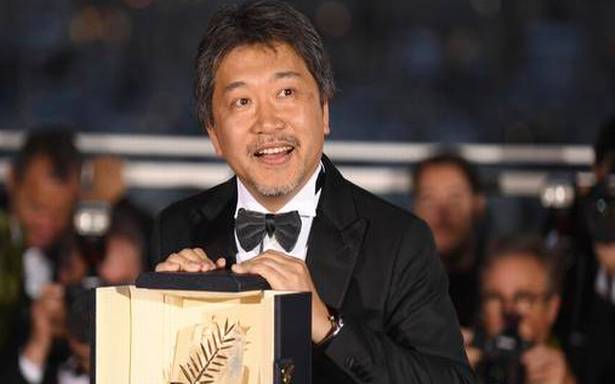Kore-eda, 59, won the Palme d’Or in 2018 for ‘Shoplifters,’ a gentle drama that looks at a ragtag bunch of shoplifters who welcome a lonely young girl in their unusual family
Noted Japanese filmmaker Hirokazu Kore-eda will adapt popular comic ‘Maiko in Kyoto: From the Maiko House’ into an eight-part Netflix TV series as his first project under his deal with the streaming platform.
Also Read | Get ‘First Day First Show’, our weekly newsletter from the world of cinema, in your inbox. You can subscribe for free here
In November, Kore-eda had announced that he would be working on a TV and film project for Netflix. The director had said that he would be working with several young directors on the series though he would direct several episodes himself.
Scheduled for later this year, “The Makanai: Cooking For The Maiko House” from Story Inc and Bun-Buku Inc is set in the geisha district of Kyoto, as protagonist Kiyo becomes a Makanai (person who cooks meals) at a house where Maiko (apprentice geishas) live together. The story depicts the everyday life of Kiyo maiko Sumire, her childhood friend who came with her from Aomori to Kyoto, amid a vibrant world of geisha and maiko courtesans.
Kore-eda, 59, won the Palme d’Or in 2018 for “Shoplifters”, a gentle drama that looks at a ragtag bunch of shoplifters who welcome a lonely young girl in their unusual family.
On “The Makanai”, the filmmaker will be joined by producer Genki Kawamura and up-and-coming directors Megumi Tsuno, Hiroshi Okuyama and Takuma Sato. The series cast includes Nana Mori, Natsuki Deguchi, Aju Makita, Keiko Matsuzaka, Ai Hashimoto, Mayu Matsuoka and Takako Tokiwa.
Kore-eda said the story of the Maiko Houses is “not the story of people left behind by the times, but rather one that might provide us with a hint for how we should live in a post-COVID world.” “After receiving the offer from (producer) Kawamura, I actually visited Gion several times. There, I was surprised by how the people living in Maiko Houses were like a family without blood ties, and how the entire town felt like an organism connected by telephone wires.”
Source: Read Full Article

